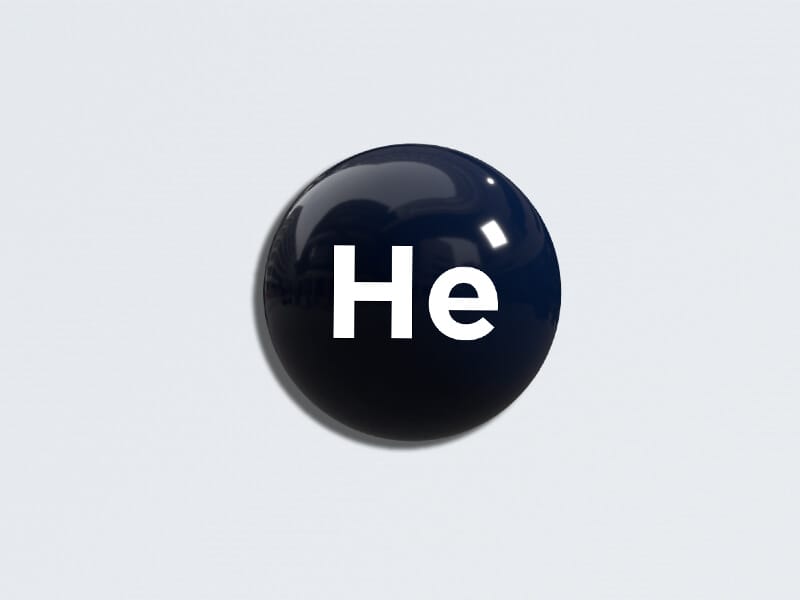
Helium
Formula: He | CAS: 7440-59-7
Detecting helium: With the lowest boiling point of any gas (4.2 Kelvin or –269° Celsius), liquid helium is the coldest matter on Earth.
Detecting helium as a primary used industry gas
Helium is indispensable across a wide range of industries. For example, it is used to pressurise rocket fuel; create inert atmospheres for welding, heat treatment and epitaxial crystal growth; purge semiconductor atmospheres; calibrate analytical instruments; inflate airplane tyres and airbags; test for leaks; inflate large balloons for meteorological studies; and fill electronic tubes in neon signs.
The majority of serious health issues and deaths related to helium inhalation involve inhaling helium from a pressurised tank. These are the same tanks used to fill helium balloons at events or party supply stores.
The more pure helium you inhale, the longer your body is without crucial oxygen. Breathing in pure helium can cause death by asphyxiation in just minutes.
– Healthline
Effects of Helium in the atmosphere
The substance can be absorbed into the body by inhalation. Inhalation: High voice. Dizziness. Dullness. Headache. Suffocation. Skin: on contact with liquid: frostbite. Eyes: on contact with liquid: frostbite. Inhalation risk: On loss of containment this gas can cause suffocation by lowering the oxygen content of the air in confined areas. Check oxygen content before entering area.
A natural element in the universe
Helium is the second most abundant element in the known universe, after hydrogen. Helium constitutes the 23% of all elemental matter measured by mass. Helium is formed in The Earth by natural radioactive decay of heavier elements. Most of this helium migrates to the surface and enters the atmosphere.
Gas Factsheet
Everything you need to know about detecting helium
Our Gas Factsheets which is available to download below provides you with key information on the exposure limits and the locations of where potentially harmful gases can occur. We also share information on gas detection monitoring techniques and equipment that can help you manage gas detection in the workplace, for worker and site safety.

Detecting Helium
Formula: He | CAS: 7440-59-7
Synonyms: helium
Related Products
Download your Gas Factsheet
Click here to obtain your Gas Factsheet on Helium.





 United Kingdom
United Kingdom






